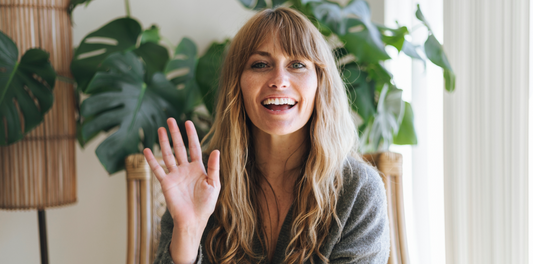Different types of indoor plants have different effects on your interior. Let’s get to know a couple, before you buy your first one.
But before we get into the depths of knowing these hardy plants, remember one thing - plants are not native to our human-made homes, some adapt to their new environment better than others. It is probably a relief to know that every indoor gardener kills plants from time to time. Experimentation is a part of the process! Once you’re familiar with plants and their needs, you can venture into care taking for rare and exotic specimens.
Let us now start with the hardy species, the simplest of the lot. These not only save time and money, they are perfect for gaining experience and boosting confidence.
The most common species of hardy plants are cacti and succulents. The easiest indoor plants to maintain as these grow well even on neglect and can survive on dry soil. You don’t need to water them as much as you do the other plants.
Next are the crawling and climbing plants that immediately create a dramatic effect and add beauty to the space. String of Pearls are best to grow in hanging baskets. Due to its small, leathery dark green leaves, these make for beautiful additions that can complement other houseplants, Creeping Figs are another favorite. One of the most popular plants to create an indoor urban jungle, Heartleaf Philodendron too, like the others do neet require a lot of attention and water. All creepers and vines can and will grow in dry environments.
For some drama or some grace, you can try a few unusual plants. On the top of this list are air plants and terrariums. Demanding minimal care and no special maintenance skills, air plants are usually grown inside glass globes while terrariums are usually grown inside of small or medium sized glass containers. But unlike what the name suggests, air-plants do need watering.
Lastly, we leave you with a thought - “What’s growing around you is what you planted. Therefore, if you don’t like the plants, change the seeds.”



